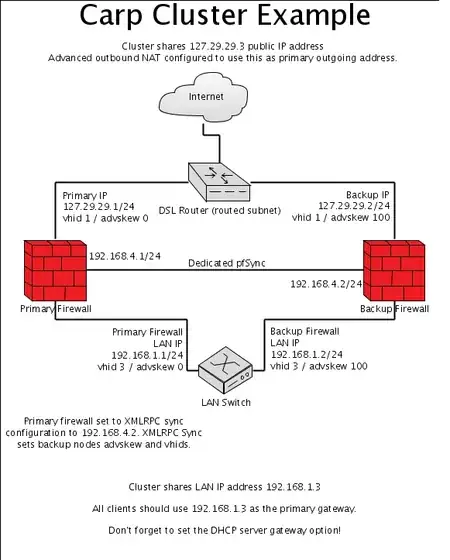I am looking at using a computer with a dual-NIC card (one with two NIC ports) as an in-line traffic shaper / URL filter / traffic analyzer, etc. (probably using pfSense), but I am concerned that if this computer for whatever reason goes down, no traffic can pass.
Is there anything that can be done to let traffic pass freely between the two NIC ports in the event of a power loss or machine crash?
